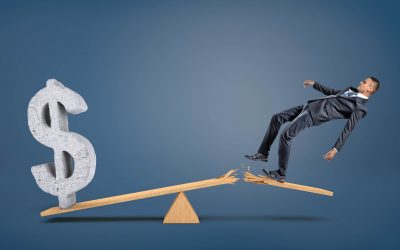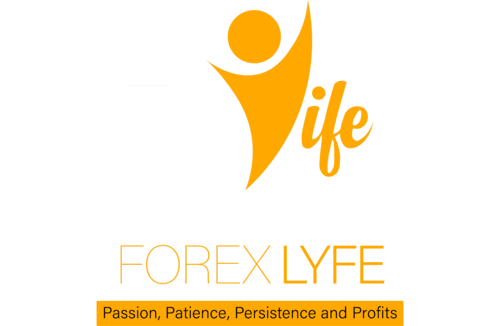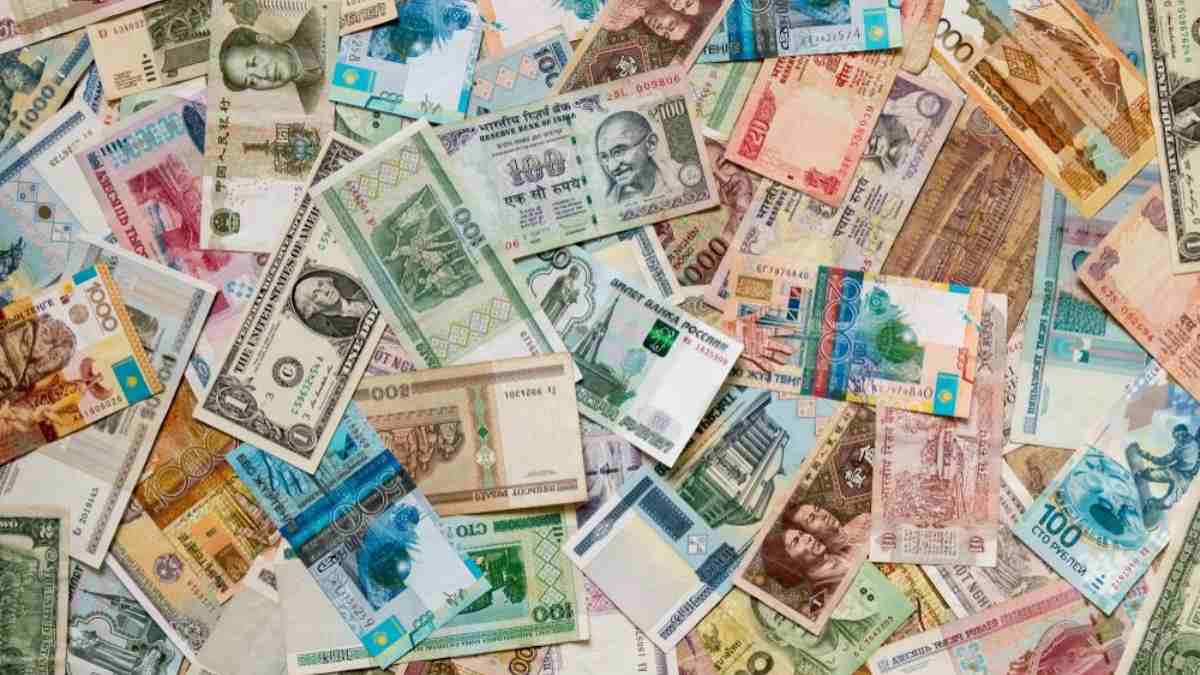How do you select a currency pair to trade from the wide range of pairs available in the Forex market. Most traders especially beginner traders get stuck trying to solve this puzzle.
You see a trader trade let’s say GBPUSD for instance and he consistently trades the pair, you as a beginner then jumps on it and start trading. After a while, you notice you keep losing trades and you are unable to keep up with the volatility then you switch to another currency pair. The same cycle repeats and you keep going around looking for the best currency pair to trade. To make it easier for you to select a good currency pair to trade, there are quite a couple of things you need to note before deciding what pair to trade. Like I always say, getting knowledge on how the forex market works is the starting point of achieving success.
Understand Your Personality
We do not all have the same exact personalities. You could be a trader who loves volatility. Therefore, taking trades on minor currency pairs CADCHF, AUDCHF etc may not necessarily suit you. Traders who love volatility would usually focus on currencies that have high volatility.
Since we do not all have the same exact personalities, it is not expected that two traders, will always have the same exact results regardless of how similar their trading pattern is.
You need to sit down and ask yourself questions like,
Do I like volatile pairs?
Do I like to read the news?
Do I prefer swing trading to day trading?
What session of the day am I available to trade?
Asking yourself these questions will help you know where you are as a trader and what you should pay attention to, so that you are not unnecessarily comparing yourself to other traders.
Know The Different Currency Types
The currency pairs are split into major pairs, minor pairs and exotic pairs
Major Pairs; These are pairs that include the USD. They are universally traded and are the most liquid. Due to the liquidity, spreads on these pairs are relatively lower than other types.
AUDUSD Australian dollar/US dollar.
EURUSD Euro/US dollar
GBPUSD British pound/US dollar.
NZDUSD New Zealand dollar/US dollar.
USDCAD US dollar/Canadian dollar.
USDCHF US dollar/Swiss franc.
USDJPY US dollar/Japanese yen.
Minor Pairs; These pairs are also known as cross pairs. They do not include the USD. Because they are not as liquid as the majors, they tend to have wider spreads and their movement could be somewhat erratic.
AUDCAD Australian Dollar/Canadian Dollar
EURCHF Euro/ Swiss Franc
EURAUD Euro/Australian Dollar
GBPJPY British Pound/ Swiss Franc
EUR/NZD Euro/New Zealand dollar
Exotic Pairs; These pairs are not as widely traded as the majors and minors. They do not generate as much liquidity as the others. As a result of this, spread on these pairs are the widest.
USD/TRY (US dollar/Turkish Lira)
EUR/TRY (Euro/Turkish lira)
USD/CZK (US dollar/Czech koruna)
Time To Trade
The market is open 24hrs. This does not mean that there’s liquidity for all pairs throughout the market at all times. The EURUSD for instance is usually actively traded during the London into the Newyork session. The movement of the pair maybe quite slow during the Asian session. So depending on your trading style and pattern, you want to look for pairs that are actively traded during a particular time of the day and also if it fits into your availability time to trade.
Count The Cost

Brokers charge their spreads based on your currency pair of choice. Because major pairs are actively traded across boards, the spreads are relatively lower. You should also consider your capital size before you also select a pair. I have seen quite a number of traders who sometimes trade exotic pairs with a relatively small capital. How can you expect to make profits consistently on an exotic pair like USDMXN for instance with $200. Check how much the broker charges on spreads on a particular pair and see if you can afford it before you select that pair to trade. You also need to consider the volatility of a pair. XAUUSD, EURNZD, GBJPY for instance have quite a high range of volatility. Their movements are usually very rapid and if proper risk management is not applied, your capital could be wiped out in no time. Traders in their quest for ”quick profit” like to trade volatile pairs but I can assure you that in most cases, they end up ruining their account. Most of the beginner traders out there trade with less than $1000 on the average. So it is in your own best interest to preserve your capital at all cost. In order to trade and grow your capital more realistically and sustainably for the long run, read through this article on how to grow your capital, digest it properly and start to implement it as soon as possible.
Test On Demo
Before putting your hard earned money on the line, it is advisable to paper trade for a while to test your trading strategy and profitability. Select about 2 pairs and study their price movements in a risk free environment first. With the application of proper risk management and following through your trading plan, if you are impressed with the results you are getting on the demo account, you can then go ahead to fund a real account. Click to open an account with FP Markets

Don’t take the issue of selecting a currency pair to trade lightly. Be diligent and do your homework to understand yourself first, select at least 2 currency pairs and study how they move before you decide if it suits your trading style. Once you have found the pair that best suits you, stick with it. No need to continue jumping around once you have found your trading edge. All you need to do is to continue working on improving your trading psychology.
In this video, I shared more tips on how to choose what currency pair to trade. Click to watch
Kindly share your thoughts with me in the comment section, if you have further questions to ask, please contact me here.


